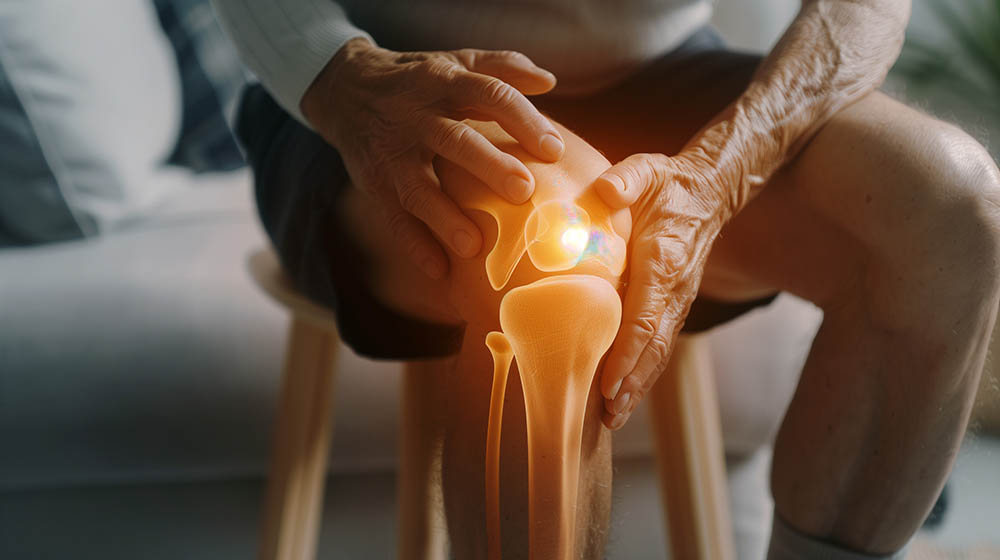
Fast Vignette Parsing Under Time Pressure: Lead-In First Method
A repeatable micro-flow to cut rereads, pre-commit your retrieval path, and neutralize distractors in NBME-style items.
Usmle Step 1Explore high-yield explanations, study tips, and walkthroughs designed to help you master Step 1, Step 2 CK, and Step 3 with confidence.

A repeatable micro-flow to cut rereads, pre-commit your retrieval path, and neutralize distractors in NBME-style items.
Usmle Step 1
Why “Mechanism One-Liners” Work (and How They Win Vignettes) Step 1 vignettes reward your ability to compress a clinical story into a pathophysiologic through-line.
Usmle Step 1
Why Minimalism Wins on Step 1 Step 1 success rarely hinges on owning more books or subscriptions; it hinges on high-fidelity retrieval practice and consistent feedback.
Usmle Step 1
This guide links Step 1 structure/function with Step 2–3 patterns so MSK questions feel predictable on exam day—from nerve lesions and tendon tears to red-flag arthritis.
Clinicals
Exam Orientation and Stroke Presentation On USMLE Step 3, acute ischemic stroke questions frequently simulate the high-stakes decision-making of the emergency department.
Usmle Step 3
Read the Stem Like a Clinician: Find the Pivot, Not Every Detail Step 2 CK vignettes look long because they compress a patient’s timeline, differential, and next-step decision…
Usmle Step 2 Ck
Why Pattern Recognition Matters on Step 2 CK Step 2 CK is not a test of memorized minutiae but of rapid clinical decision-making.
Usmle Step 2 Ck
Orientation & Exam Strategy: What Step 1 Really Tests Here Inherited disorders tied to DNA repair, genomic imprinting, and dynamic (triplet-repeat) mutations appear on Step 1 as…
Usmle Step 1
Hyponatremia on the Wards: How Step 2 Tests It and What to Do First On Step 2 CK, hyponatremia questions hinge on two decisions you must make quickly: (1) Is this true hypotonic…
Usmle Step 2 CkStart free, explore the platform, and upgrade only when you’re ready.
Start For Free